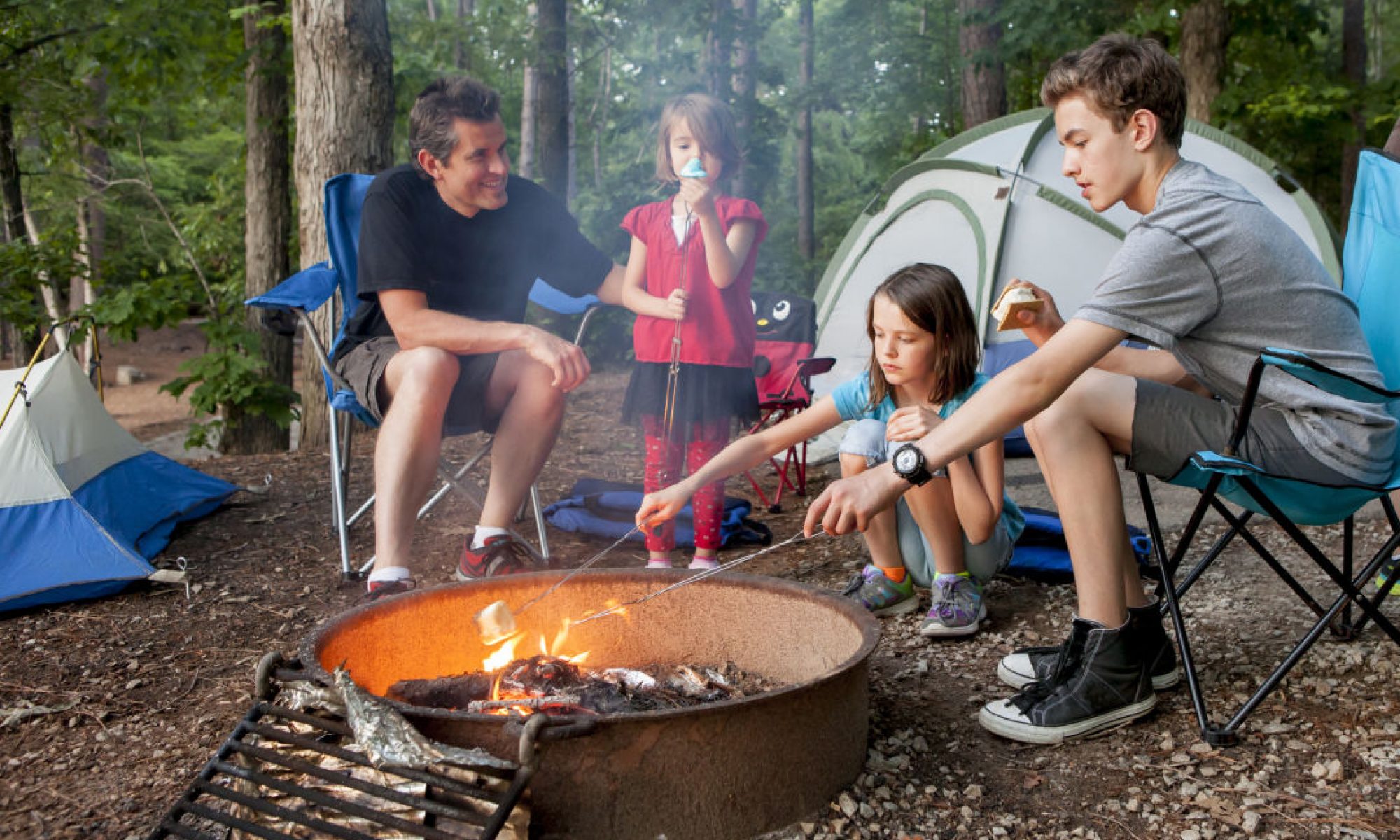Pests can damage your property and threaten your health. Besides the obvious damage to your house, rodent droppings can spread diseases such as salmonellosis. Fleas can bite people and animals, transmitting a variety of viral and bacterial diseases. Cockroaches can also contaminate food and water supplies, as well as causing allergic reactions in people and pets. Integrated Pest Management IPM includes the use of physical, biological and chemical controls to manage pests. The goal is to prevent the need for pesticides by removing the conditions that allow them to survive and thrive, while still providing necessary services such as pollination, decomposition and nutrient cycling.
The best way to prevent infestations is by making your home and garden less attractive to pests. This includes preventing access to food and water, taking away the shelter they need, and blocking their movement. Physical pest control methods include caulking, screening and exclusion. Regular inspections of your house, including the foundation and exterior walls, should be made to identify and repair any cracks or holes that could serve as entry points for pests. Repairing ripped window and door screens, keeping garbage cans with tight lids, and removing piles of firewood or debris can help keep pests out.
In some cases, natural enemies or parasites can be used to reduce the number of pests. For example, nematodes can be introduced to eat the roots of invasive plants. There is often a lag between when the population of an unwanted pest increases and when it becomes a problem, so other controls must be in place to ensure that pests don’t get out of control.
Sometimes it’s necessary to use pesticides pestexterminatorscambridge.co.uk in and around the home. When this is the case, it’s important to choose a product that will be effective and least harmful to humans and the environment. It’s also important to follow label directions closely and to be careful when applying pesticides, especially near children and pets.
If your pest problem persists, contact a licensed professional for advice and service. A good company will send a representative to inspect your home or business and recommend the most appropriate controls for your situation. Look for a company that prioritizes environmentally friendly practices and follows State and Federal regulations.
When pests get into the house, it’s crucial to remove their food and shelter sources as quickly as possible. This can be as simple as putting a lid on the garbage can or placing a trap crop such as zinnias in the garden to attract Japanese beetles. It’s also a good idea to wipe down counters, sweep floors, and vacuum regularly to remove crumbs and other potential sources of food for pests.
It’s also a good idea to use traps and bait stations outside the house to catch pests before they move indoors. Knowing a pest’s movements and habits can help you position these traps and stations where they will be most effective. For instance, if you know that cockroaches enter through the kitchen, put the traps in the corners where they tend to travel.
